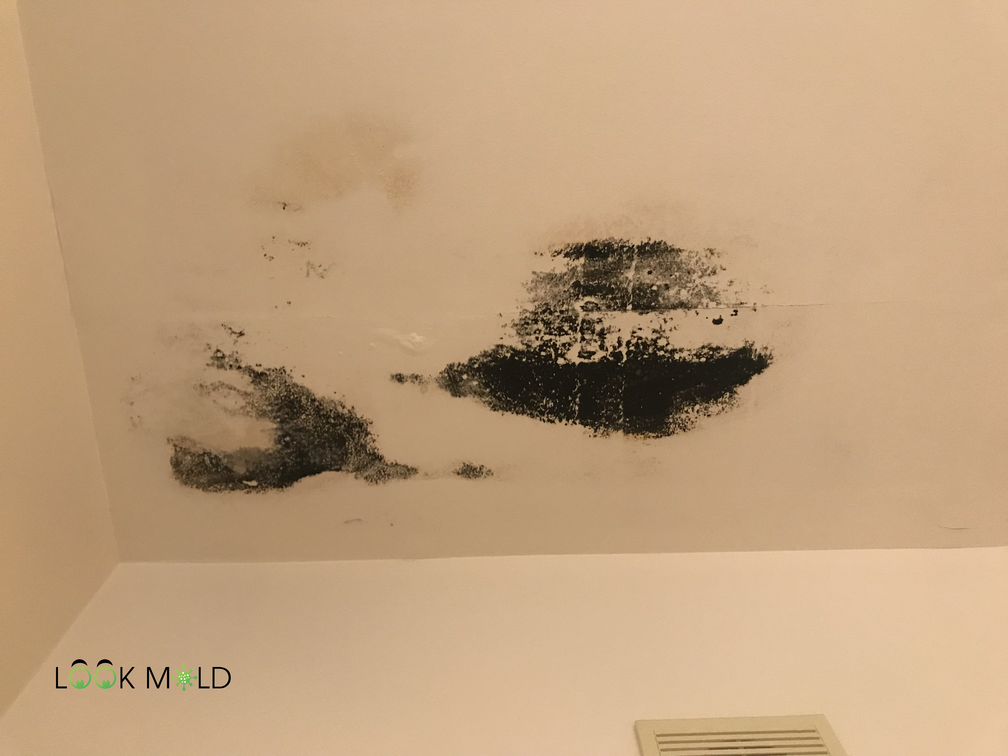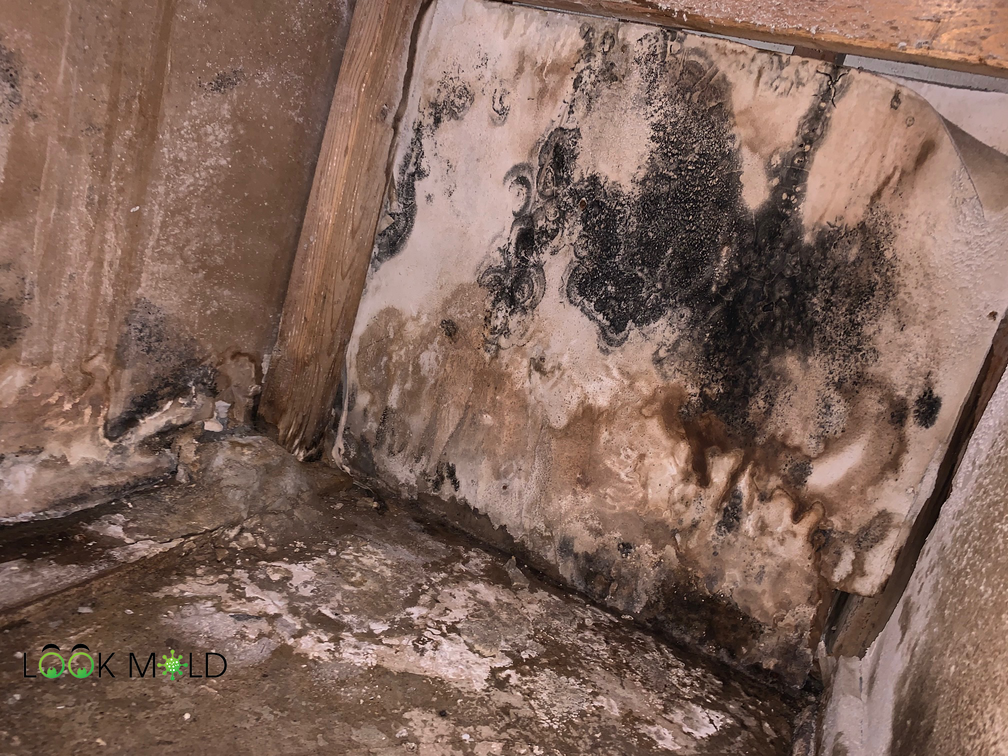How To Identify Black Mold
Expert insight by: Brad Fishbein, Licensed Mold Assessor
Updated April 6, 2025
Hearing the term black mold when talking about your home can be very alarming.
You hear all these terrible things about black toxic mold. Maybe you know somebody who dealt with it or even had it in your own house.
But do you know how to identify black mold?
Well:
The only way to fully confirm if you have black mold is to test the area, but what I am about to share with you will be three ways to feel confident you are dealing with the notorious mold without the expense of hiring a mold inspector.
What Is Black Mold?
Black mold is just a made-up name for a specific type of fungi called Stachybotrys. This type of mold usually only grows on porous building material after chronic or catastrophic water damage that is not dried quickly.
There are many different types of mold, and black toxic mold is just one of them. Other types of mold can be toxic, but Stachybotrys is often considered the worst. Stachybotrys and another genus of mold called Memnoniella often have similar appearances.
Here are three signs that you can use to identify black mold accurately:
Strong Odor
Many different types of mold have odors, but black mold often has the strongest. It can let off something called Microbial Volatile Organic Compounds (MVOCs).
It has a damp, sour kind of odor that really can stand out unlike another types of mold.
Because black mold requires excessive amounts of water to grow and thrive, this odor will only be present in an area that has been extremely impacted by a bad flood or leak.
I like to compare this odor to old laundry that has been left in the washer wet for a week. It’s a type of smell that once you smell it, you never seem to forget it!
Densely Black Area
Listen:
Just because an area of mold appears to be black doesn’t always mean it’s Stachybotrys. However, in my experiences, sections of building materials, specifically sheetrock, densely black like in the picture below, will always be black toxic mold.  It looks as if the area is colored in with a black magic marker or black paint. It may also appear slimy.
It looks as if the area is colored in with a black magic marker or black paint. It may also appear slimy.
When you see it appear that dark and dense, there is a high probability it will be Stachybotrys.
This is especially true if the area is drenched for a very long time.
Other types of mold, such as Penicillium or Aspergillus, make be mixed in such as Penicillium or Aspergillus, but when you see it that dark, it will almost always contain Stachybotrys.
Black mold can also be mixed in with other colors such as white.
Looks Like Finger Prints
Outside of appearing like a dark-colored area, a separate characteristic that black mold can have is to appear in patterns.
When mold grows, it’s similar to a tree. You have the roots, which in the case of mold is called the mycelia, and then it will start to grow like a tree that will grow branches and leaves.
When this occurs with Stachybotrys, it will often appear as if somebody put their fingers on black ink and just went to town, placing their hand on the water damaged building material. 
Finding the appearance of fingerprints will typically only occur on drywall and not other materials such as wood or plaster.
Confirmation of Black Mold
While you now know three ways how to identify black mold, to absolutely confirm you indeed have it, either a tape lift or swab sample will need to be taken.
There are DIY testing kits where you can do this yourself; however, you must be careful because if Stachybotrys is present, it may produce mycotoxins.
Of course, you can also have a hidden mold problem, and the spores may be in the settled dust or airborne.
Black mold may also off-gas where a mold spore trap can’t detect it.
Precautions which include using PPE should be taken if there is suspicion Stachybotrys is present growing in your home.
DIY mold remediation should also not apply because if not done correctly, you can contaminate the entered home, including the air conditioning system.
The moral of the story is this:
If you have black mold present in your home, it should not be taken lightly!
Explore Related Topics:

Meet the author: Brad Fishbein is an ACAC council-certified Microbial Investigator. In the fall of 2012, he became a Licensed Mold Assessor in the State of Florida through the Department of Business & Professional Regulation. Brad has helped homeowners with over 5,000 successfully completed Mold Inspections since 2009.

